Back in the Christmas of 1991 or 1992, my parents bought me an external floppy drive. It was $129, which was a lot of money back then. The equivalent price would be about $245 after inflation.
I probably found this drive in either AmigaWorld magazine or Computer Shopper, which iirc was a thin newspaper type printed on large format paper.
This external amiga-specific floppy drive with DB23 connectors had a few unique features. It had a two-digit track indicator for which track was being read or written. It also had a few switches in the back. The three switches controlled:
- whether the drive was write-protected
- whether track zero was write-protected. Common boot-track viruses existed and there was little reason to write to that track.
- Select/Deselect switch
I recently saw a youtube video that inspired me to do a teardown of my external drive.
MAST stood for Memory and Storage Technology out of Sparks, Nevada. Sparks is just outside Reno, NV. This is just over the border from California. I did some research and it seems like maybe the Griffiths family out of that same area were responsible for the company. John and David Griffiths. It was registered in California on May 24, 1989.
Today, it appears to house a Lennox. Maybe HVAC?
If anyone has more information on the company, I’d love to hear about it.
The shell of this drive is a power-coated extruded aluminum box. Pretty solid.
The construction is a bit odd, however. You essentially have a 3.5″ floppy drive manufactured by Fujitsu, a model M2532K-99B. Copal, which is now Nidec-Copal Corporation, manufactured the stepper motor, floppy drive PCB and some of the other parts. Then you have a rear circuit board that houses the connectors, a small daughterboard that houses the top switches, and yet another PCB that runs down the length of the drive to the 7-segment displays for the track number. Standard 74xx logic was used throughout the boards. Annoyingly, MAST scraped off some of the chip identifiers, although it’s really not clear why they would do that. There’s really no “secret sauce” here.
Please find the gallery of tear down pictures below!



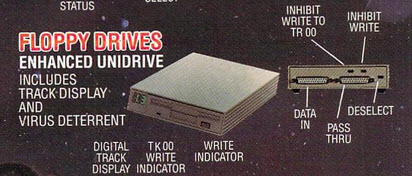

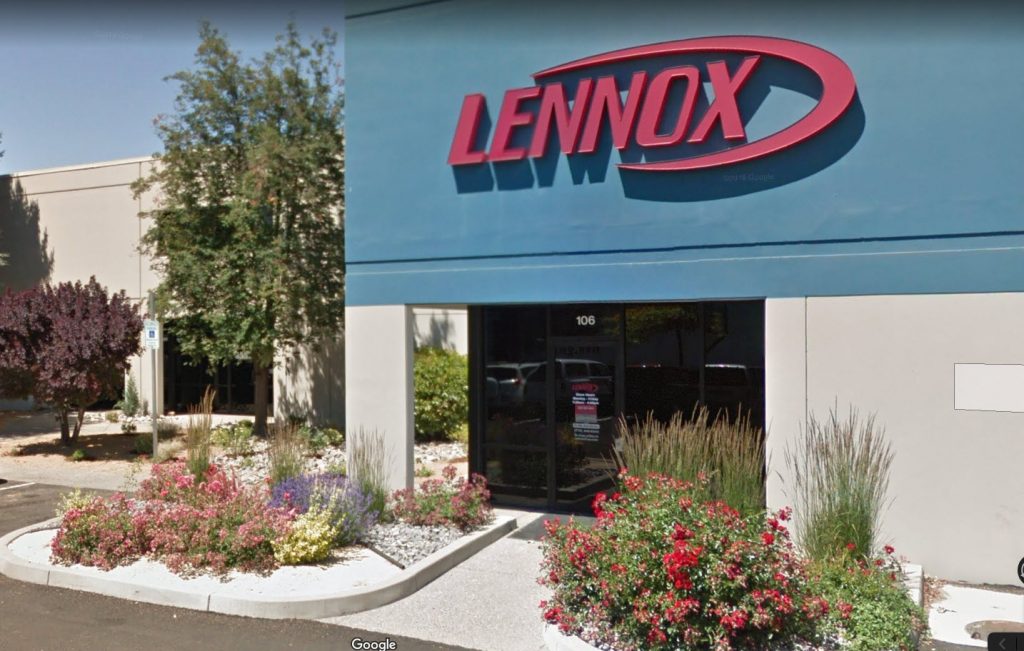
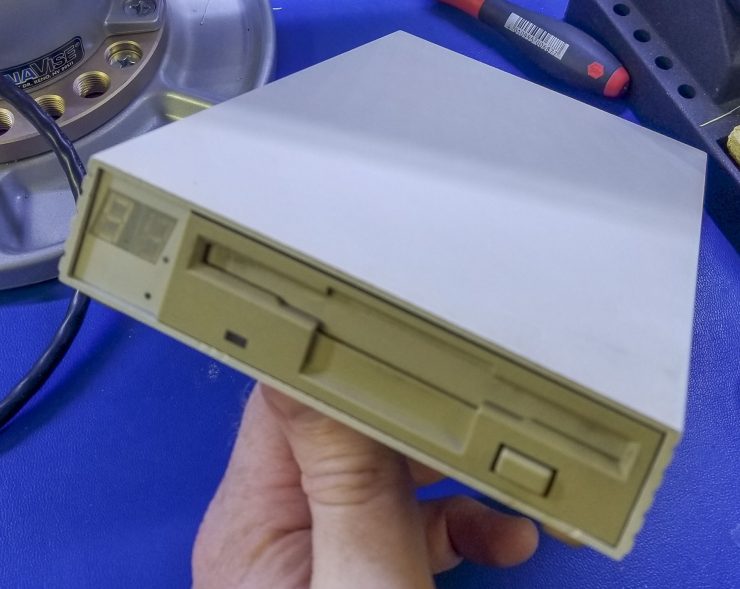
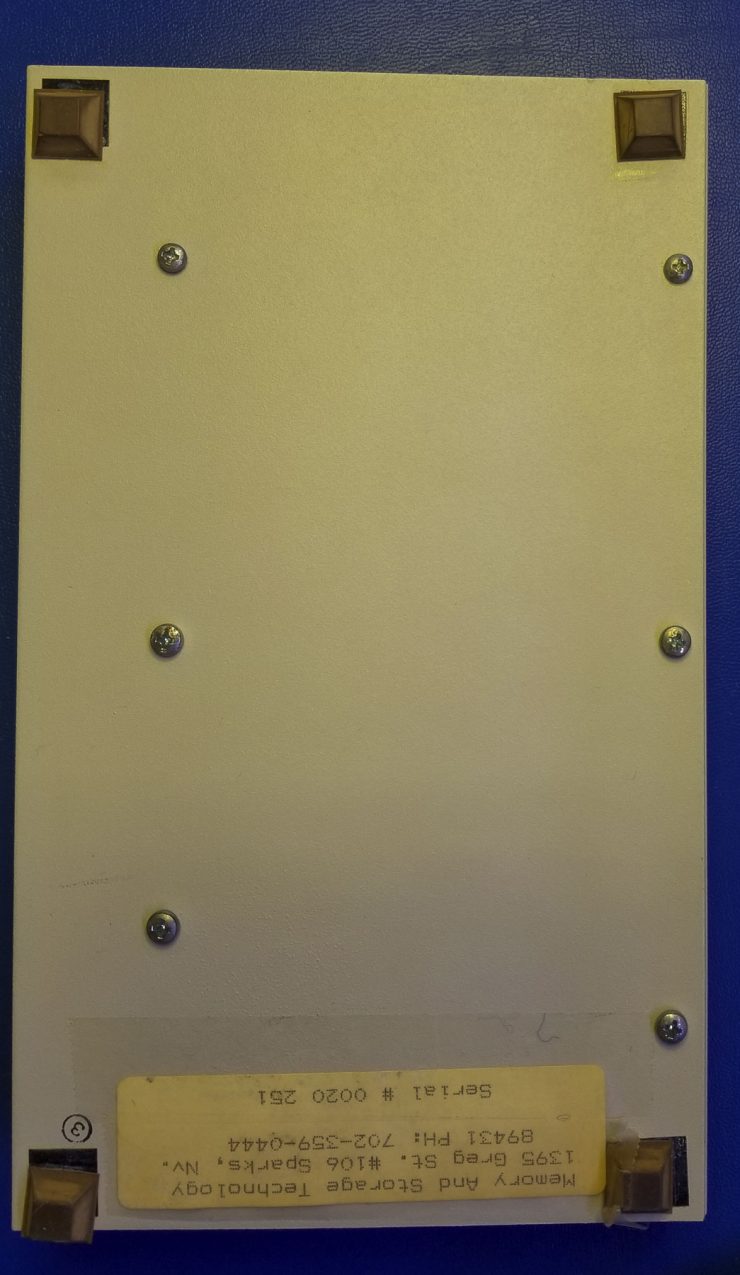
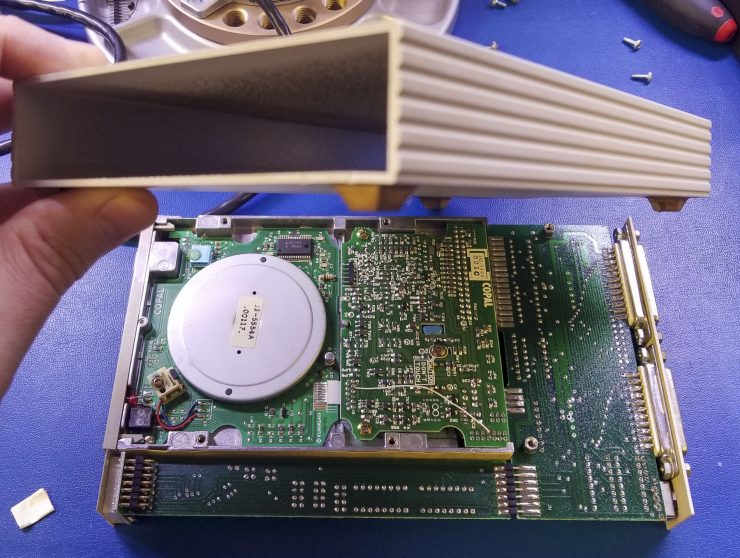
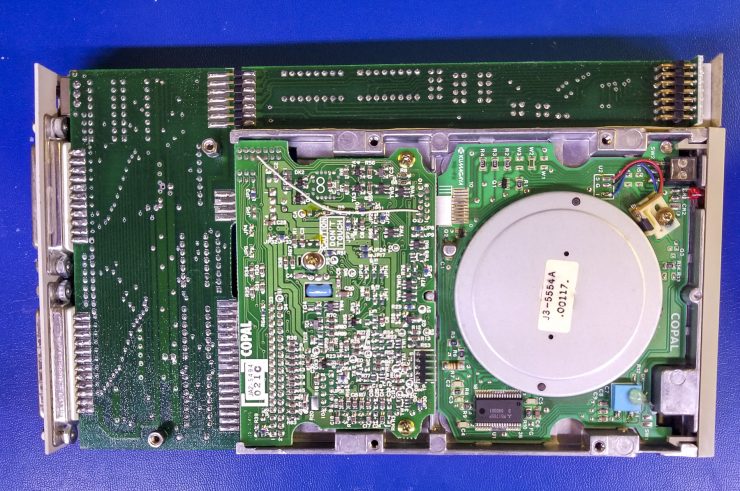
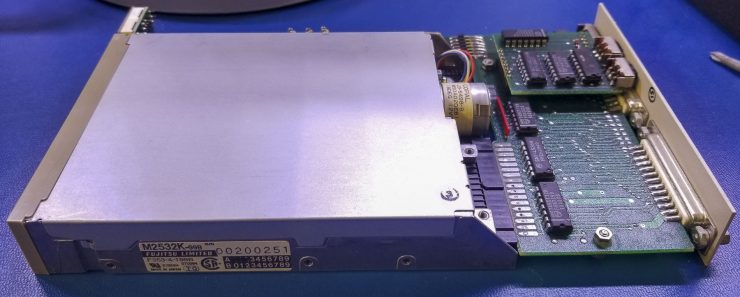
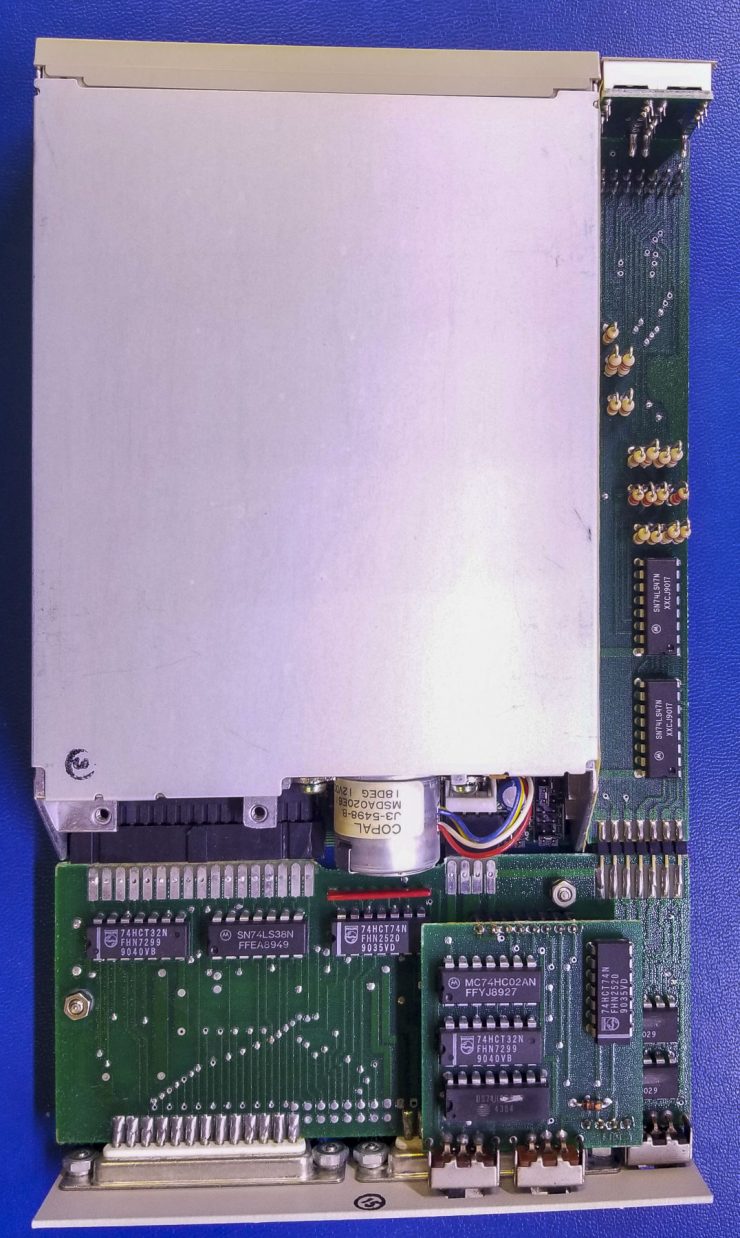
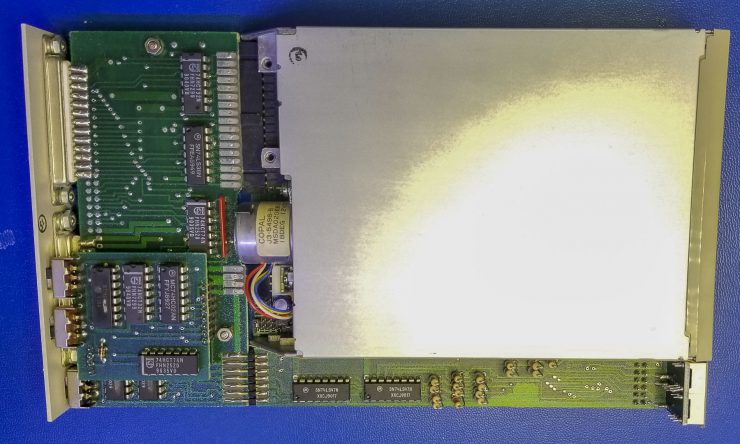
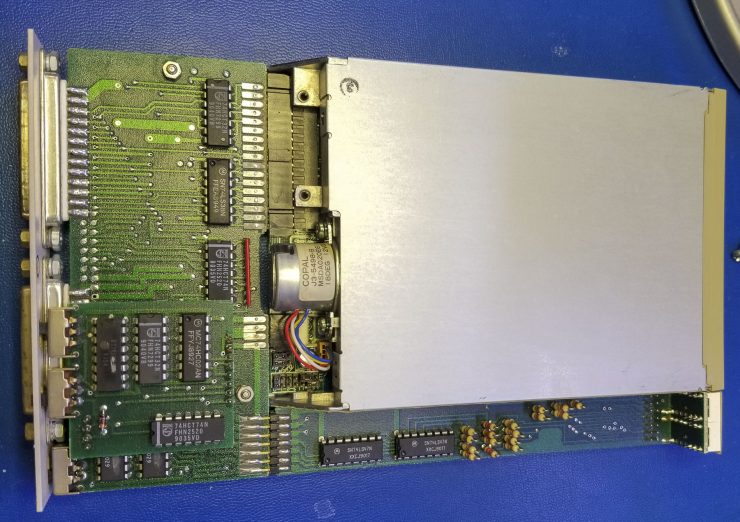

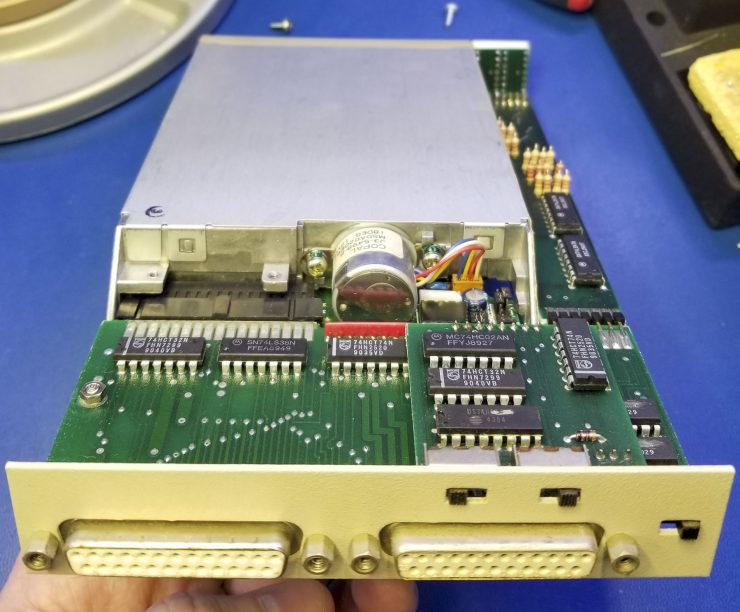
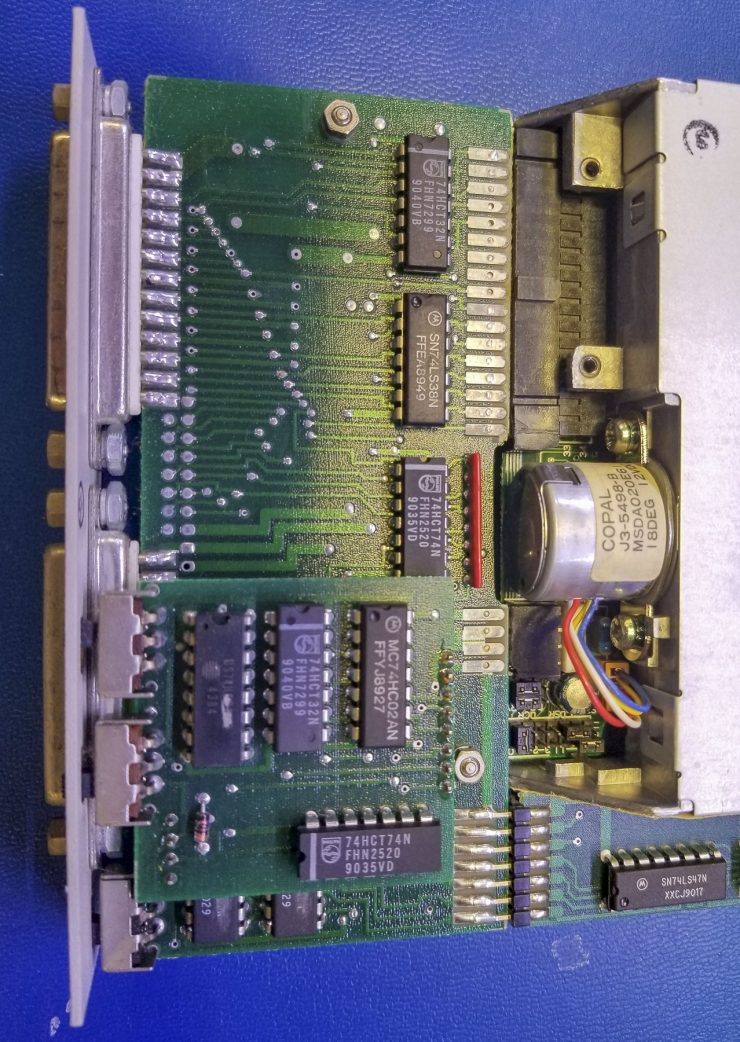
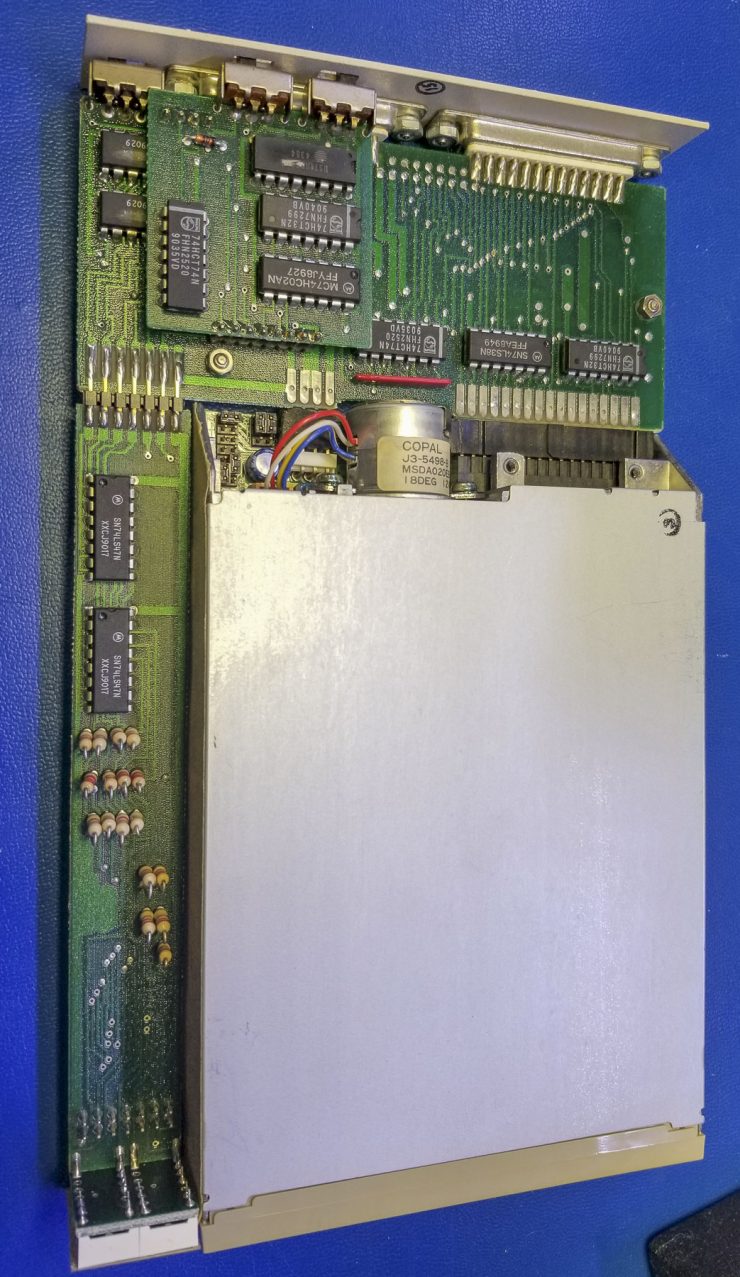
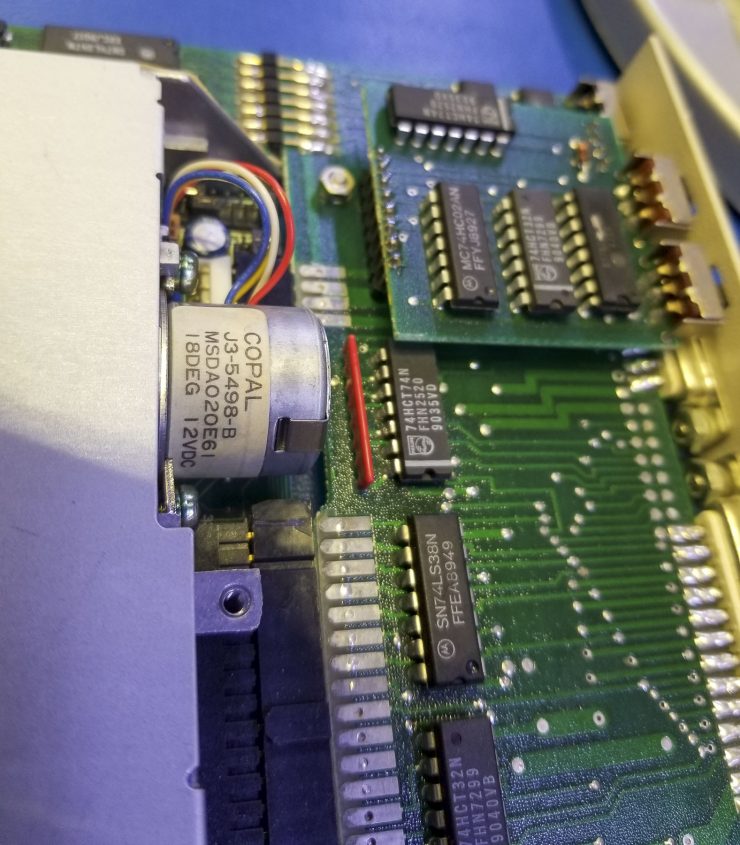
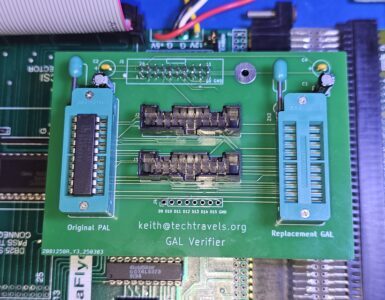
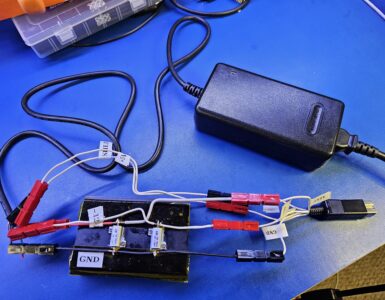
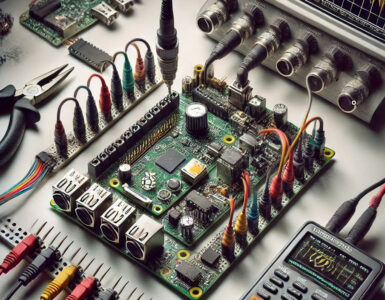

Wow Keith, excellent stuff! I just found one of these drives in my Amiga bits collection as I sort through and play with it in these Covid-19 lockdown days! Had no idea it was a MAST product, as mines lost the serial number sticker in the bottom, but was doing a search for a memory expansion I have which is labelled MAST and came across your teardown… do you still have the original box, user manual etc? My drive is working perfectly, and thanks for the image, as I now know what all the rear panel switches are for!
Cheers, Artie
Heya Artie!
Thanks for the comments!
I don’t have the original box or the manual. That’s long been lost to history.
While I had the label just barely hanging on for dear life, I was able to go back through Amiga World magazines (or the other similar ones of the era) in order to find the advertisements. It’s interesting that I’ve used this method once or twice. As a kid, given no www or online company advertisements, there were only so many ways I could have used to find products to buy. Magazines were really the only current way of doing so. So I flipped through them and eventually tracked down this ad.
I was trying to track down the name of a TRS-80 Color Computer II terminal program that I used for years. It’s funny that despite how familiar I was with it….using it every day obsessively, that I could ever forget it. I also checked out Color Computer magazines and lo and behold, I found that one. AutoTerm it was called.
Glad to hear it was useful!